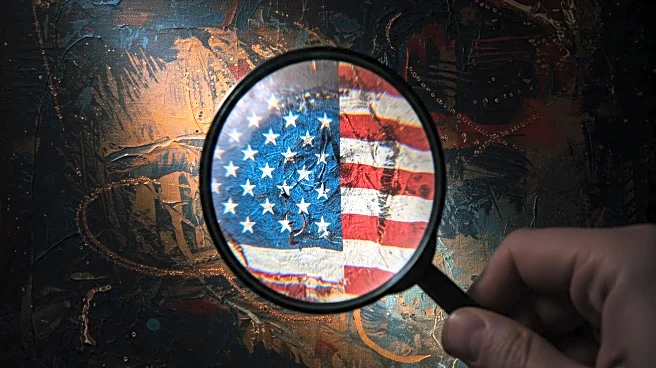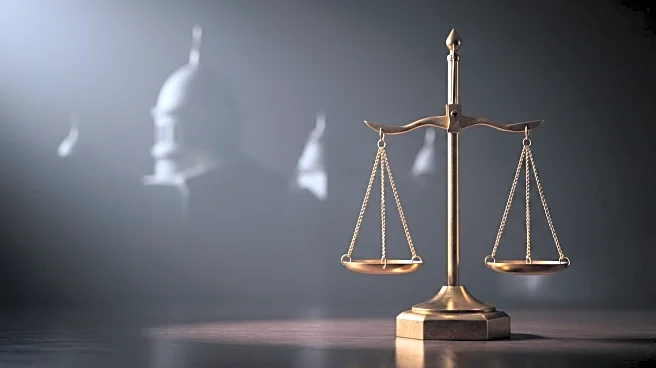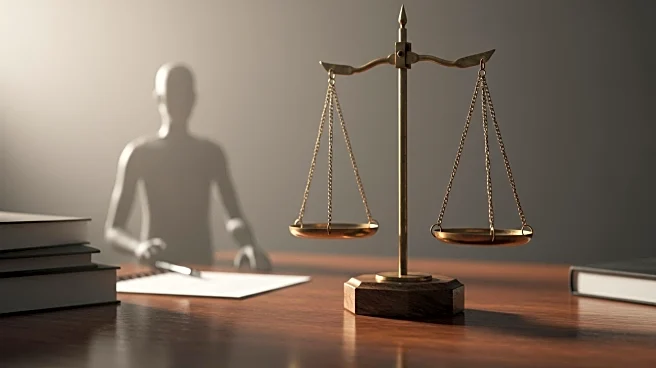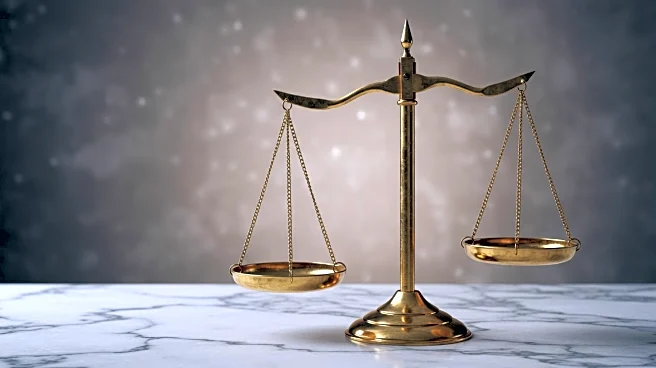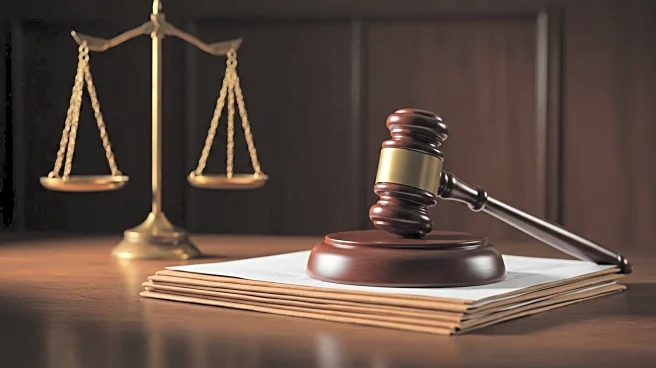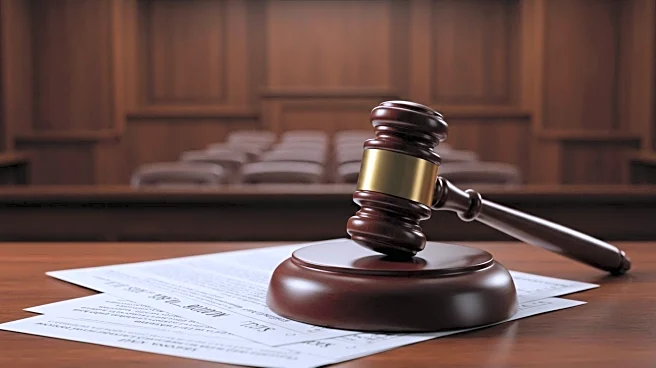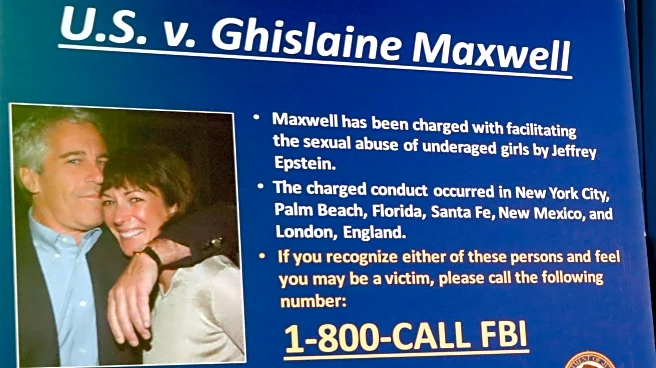What's Happening?
A recent analysis of an 1848 painting by Richard Caton Woodville, titled 'Politics in an Oyster House,' highlights the enduring nature of conspiracy thinking in American politics. The painting, housed at the Walters Art Museum in Baltimore, depicts a young man fervently discussing a theory with an older gentleman, symbolizing the historical presence of conspiracy theories in American discourse. This analysis comes amid a climate where conspiracy theories are prevalent, with a Washington Post poll indicating that a significant majority of Americans believe there is incriminating information about billionaires in Justice Department files related to Jeffrey Epstein. The painting serves as a reminder of the dual obligations of belief and skepticism in a democracy, tracing back to ancient political systems.
Why It's Important?
The analysis of Woodville's painting underscores the persistent influence of conspiracy theories in shaping public opinion and political discourse in the United States. Conspiracy thinking has been a part of American political culture since the country's founding, often emerging during times of social and political upheaval. The current environment, marked by widespread distrust and the proliferation of misinformation through social media, amplifies the impact of such theories. This phenomenon affects public policy and societal trust, as seen in the skepticism surrounding official narratives and the demand for transparency in high-profile cases like that of Jeffrey Epstein. Understanding the historical context of conspiracy thinking can help address its implications for democracy and governance.
What's Next?
As conspiracy theories continue to influence American politics, there may be increased calls for transparency and accountability from government institutions. The ongoing interest in the Epstein case and similar high-profile investigations could lead to further scrutiny of the justice system and its handling of sensitive information. Additionally, efforts to combat misinformation and educate the public about the dangers of conspiracy thinking may gain momentum, potentially involving collaborations between government agencies, educational institutions, and media organizations. The challenge will be to balance the public's right to information with the need to prevent the spread of unfounded theories.
Beyond the Headlines
The analysis of conspiracy thinking through art highlights the cultural dimensions of this phenomenon. Art has historically served as a medium for exploring complex social and political issues, offering insights into the collective psyche. The depiction of conspiracy thinking in Woodville's painting and its relevance today suggests that art can play a role in fostering critical thinking and dialogue about the nature of truth and belief. This cultural perspective can complement efforts to address the societal impacts of conspiracy theories, encouraging a more nuanced understanding of their origins and effects.
